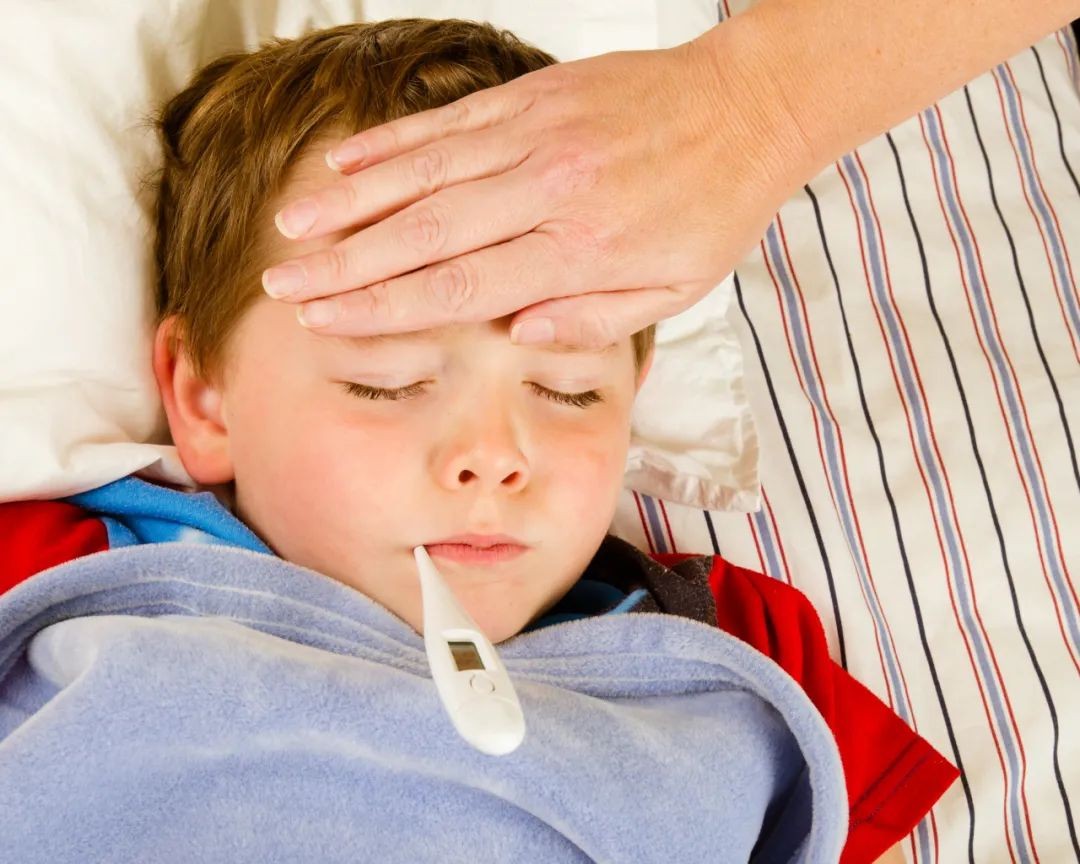Swimming, water parks, and river rafting—aside from air conditioning to escape the summer heat indoors, outdoor water activities might be the only way to find relief. This is also the ultimate summer carnival for children. However, after all the splashing fun, a host of issues like itching and pain arise. The culprits harming the eyes, ears, nose, and throat are these!
 "Red Eye Ambush"—Conjunctivitis
"Red Eye Ambush"—Conjunctivitis
The crystal-clear water often gives a false impression of purity, yet it harbors microscopic organisms invisible to the naked eye. Even chlorinated pools struggle to eliminate all bacteria, while natural water bodies like outdoor rivers and streams have far more complex and variable water quality—with virtually no disinfection measures in place.
When children frolic in such environments, splashing water can quietly introduce tiny bacteria and pathogens into their eyes, causing conjunctivitis. Symptoms include redness, pain, burning, tearing, and blurred vision. In severe cases, long-term vision damage may occur.
Protection Tips
·
Swim Goggles: Wear well-sealed goggles to effectively block bacteria and pathogens from entering the eyes.
·
Personal Hygiene: Thoroughly wash hands and avoid touching eyes with dirty hands. Bring personal items like towels and swimwear; refrain from using public eye drops to prevent cross-infection.
·
Immediate Cleaning: After water activities, promptly rinse the eyes with running water and clean cotton towels to remove any debris around the eyes.
"Hearing Threat"—Otitis Media
During swimming, accidental water inhalation can cause water to flow back through the nasopharynx into the Eustachian tube, reaching the middle ear and triggering inflammation. Additionally, various bacteria, fungi, or other microorganisms in unclean water entering the outer ear canal can lead to infections, causing ear congestion or eardrum inflammation, eventually progressing to otitis media.
The most noticeable symptom of otitis media for children is sudden, intense ear pain, which can be unbearable, potentially leading to hearing loss and affecting sleep and daily activities.
Protection Tips
For summer water safety tips on protecting ears, refer to
"Summer First Aid Mini-Class | What to Do if Your Ears Get Inflamed After Swimming?"
"Sneeze Alert"—Allergic Rhinitis
While disinfectants effectively suppress bacterial growth in pools, their active ingredient, sodium hypochlorite, is also a common allergen and a potential trigger for some individuals with rhinitis. Accidental water inhalation or prolonged exposure to irritant gases can stimulate the nasal mucosa, leading to rhinitis.
Symptoms like sneezing, runny nose, nasal congestion, and possible loss of smell cause physical discomfort and disrupt daily life and learning.
Protection Tips
·
Good Ventilation: Choose swimming areas with good airflow to reduce irritant gas concentration.
·
Personal Protection: For those allergic to sodium hypochlorite or similar disinfectants, consider wearing nose clips to minimize water inhalation risks.
·
Nasal Cleansing: Rinse the nasal passages with clean water or saline solution to remove residual moisture and potential disinfectant residues.
"Invisible Killer"—Adenovirus
Lastly, the "troublemaker" dubbed the invisible summer killer is adenovirus, primarily transmitted via respiratory and contact routes. Its survival capability thrives in humid environments like swimming pools.
Once adenovirus contaminates pool water, it becomes a potential vector—whether through skin contact or accidental ingestion of contaminated water, it can trigger "pool fever," also known as pharyngoconjunctival fever, a unique infection caused by adenovirus. Mild cases may resemble common cold symptoms (fever, cough, sore throat), while severe cases can lead to pneumonia or bronchitis.
Protection Tips
·
Regulated Facilities: Opt for well-managed swimming venues; carefully check for hygiene permits displayed at the pool.
·
Health Monitoring: Before swimming, inspect your child for wounds or skin breaks. If fever, sore throat, cough, or diarrhea symptoms are present, avoid public pools.
·
Personal Hygiene: Wash the body with running water and soap before and after swimming, especially focusing on hands and perineal areas.
·
Swimming Habits: Wear swim caps and goggles to minimize contact risks; avoid swallowing pool water whenever possible.
Seize the Last of Summer
Enjoy the season to the fullest, but don’t let these "troublemakers" dampen your spirits. With proper precautions, stay cool and healthy this summer!
